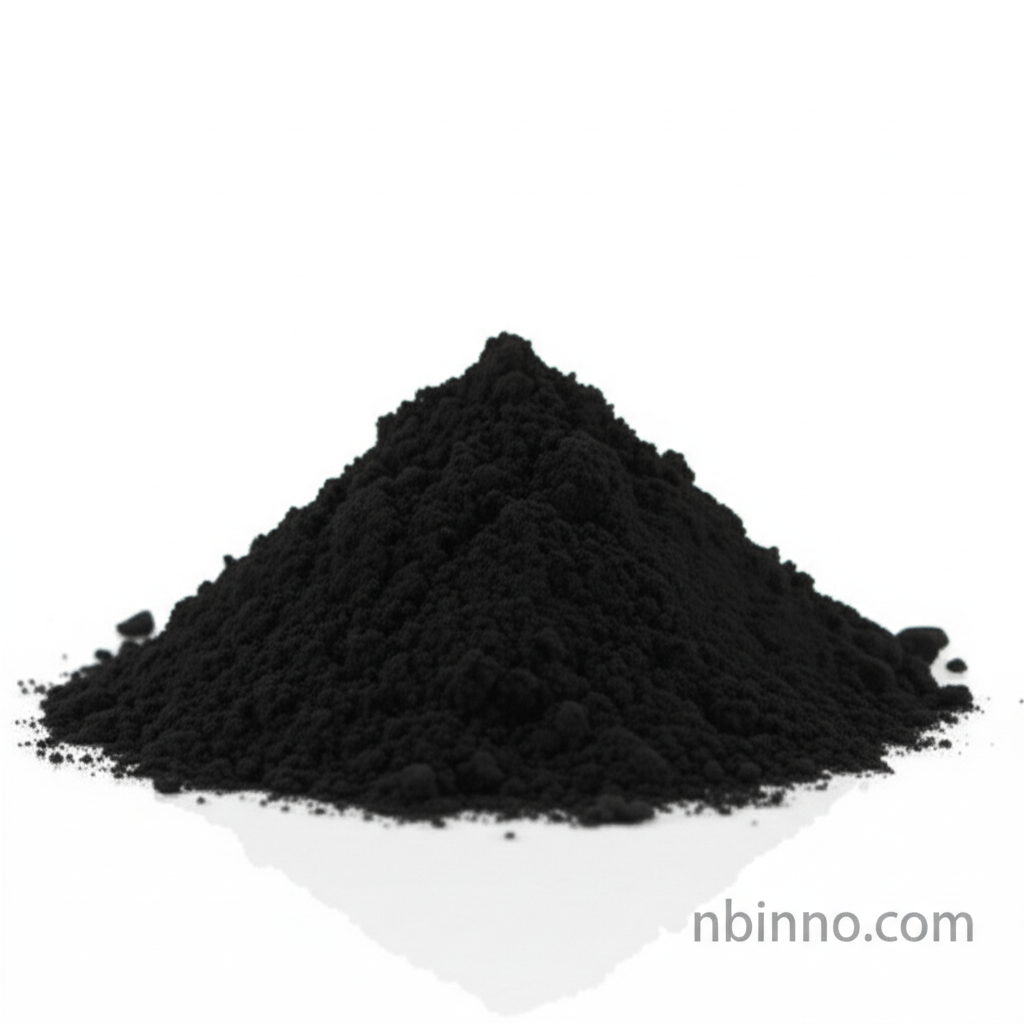2,3,5,6-Tetraamino-1,4-benzoquinone: Properties, Applications, and Chemical Synthesis
Discover the multifaceted capabilities of this essential chemical intermediate in research and industry.
Get a Quote & SampleProduct Core Value

2,3,5,6-Tetraamino-1,4-benzoquinone
This compound serves as a crucial chemical intermediate with significant potential in various scientific fields. Its unique molecular structure and properties make it valuable for advanced applications.
- Explore the diverse 2,3,5,6-Tetraamino-1,4-benzoquinone applications in organic synthesis and materials science.
- Understand its role as a rechargeable battery material, leveraging its ability to be reversibly oxidized or reduced.
- Learn about its use as a ligand in coordination chemistry and as a catalyst in asymmetric synthesis.
- Discover how this chemical intermediate is employed in the preparation of complex molecules and in studying organic molecule reactivity.
Key Advantages
Versatile Chemical Intermediate
As a key chemical intermediate, it facilitates numerous synthetic pathways in organic chemistry, enabling the creation of complex compounds.
Energy Storage Potential
Its reversible redox properties position it as a promising battery material for next-generation energy storage solutions.
Catalytic and Ligand Applications
Its utility extends to acting as a ligand in coordination chemistry and a catalyst in asymmetric synthesis, broadening its research scope.
Key Applications
Organic Synthesis
This compound is a vital reagent in organic synthesis, allowing chemists to build intricate molecular structures and explore new reaction pathways.
Battery Technology
Its potential as a rechargeable battery material is being actively researched, offering possibilities for improved energy density and longevity.
Coordination Chemistry
Functioning as a ligand, it plays a role in coordination chemistry, aiding in the study and development of metal complexes.
Materials Science
The unique properties of 2,3,5,6-Tetraamino-1,4-benzoquinone make it a subject of interest in various materials science research, pushing the boundaries of chemical innovation.
